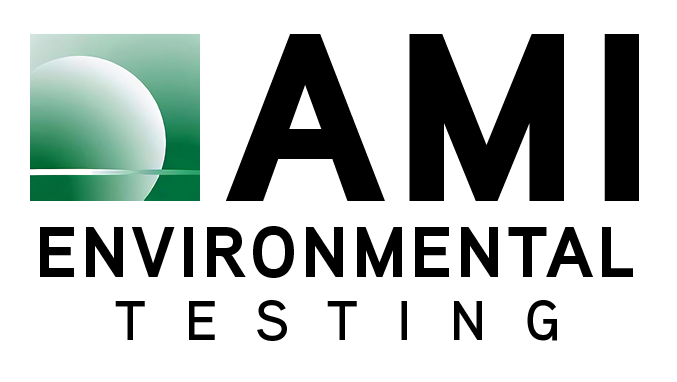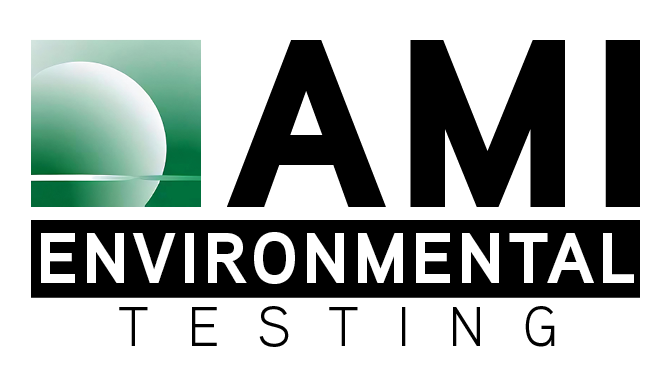Severed fingers, crushed hands and arms and blindness are some possibilities of machinery-related injuries. It seems there are as many hazards created by moving machine parts as there are types of machines. Safeguards are necessary for protecting workers from preventable injuries. A golden rule to remember is: Any machine part, function, or process which may cause injury must be safeguarded. When the operation of a machine or accidental contact can injure the operator or others in the vicinity, the hazards must be either controlled or eliminated.
Where Mechanical Hazards Could Occur
Dangerous moving parts in three basic areas require safeguarding:
- The point of operation: that point where work is performed on the material, such as boring, shaping and cutting.
- Power transmission apparatus: all components of the mechanical system which transmit energy to the part of the machine performing the work. Some components include pulleys, belts, couplings, spindles, chains, cranks, and gears.
- Other moving parts: all parts of the machine which moves while the machine is working; such as reciprocating, transverse and rotating moving parts, and as well as feed mechanisms.
Fixed Guards
There are many different ways to safeguard employees from machine related accidents one way is with fixed guards. A fixed guard is a permanent part of the machine and is not dependent on moving parts to function. It can come in a wide variety of materials from sheet metals to wire cloth, as long as the material is strong enough to withstand whatever impact it will received for extended use. Some advantages is that it can be created for many specific applications, provide maximum protection and it normally requires minimum maintenance. There are some limitations to it however, decreased visibility, limited to some specific operations and an adjustment of the machine will most likely mean the removal of the safeguard.
Interlocked Guards
An interlocked guard can be open/closed or removed. The guard will have a tripping mechanism and power will automatically shut off, stopping any moving part, freezing the machine’s cycle until the guard is put back into place. Some interlocked guards range from electrical, hydraulic and mechanical or it could be a combination of all of these. Interlocked guards should not be capable of restarting a machine and all removable guards should be interlocked together to prevent occupational hazards. Some advantages is that it can provide maximum protection, allow for easy access to machine for removing possible jams without using a lot of time. Some limitations of interlocked guards are it will require careful maintenance and adjustment to provide maximum protection and it also could become easy to disengage.
How can AMI Environmental protect employees and the reputation of business?
At AMI Environmental, our main goal is to assist businesses and create a safe working environment, while adhering to government regulations. With decades of experience, our Industrial Hygiene Professionals works to help our clients manage risk. Allowing you to then enjoy the peace of mind knowing your employees will be protected from harm. AMI will work to establish and maintain a safe work environment, including surveying your facility for risks; provide testing within your facility; maintain testing protocol; and assist in the recording process. If you have any questions or concerns, please contact Dan Taylor at [email protected].



